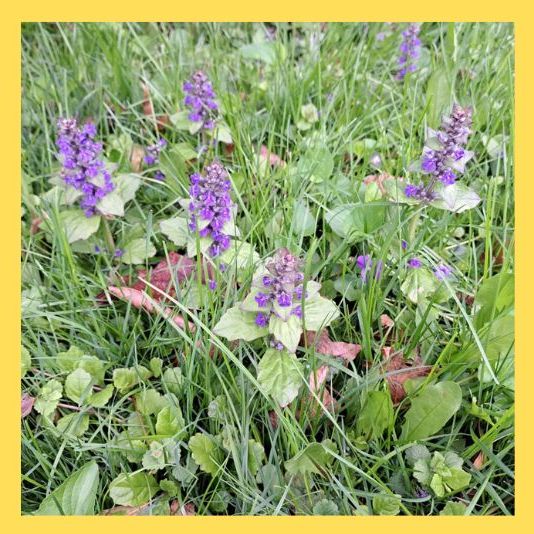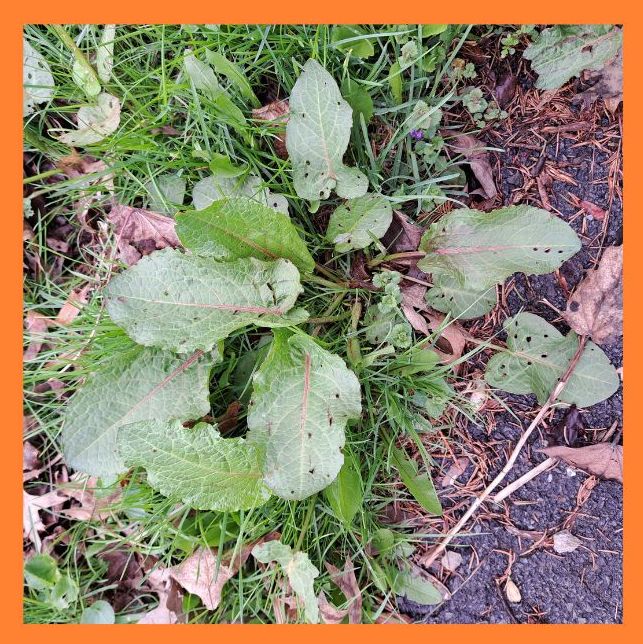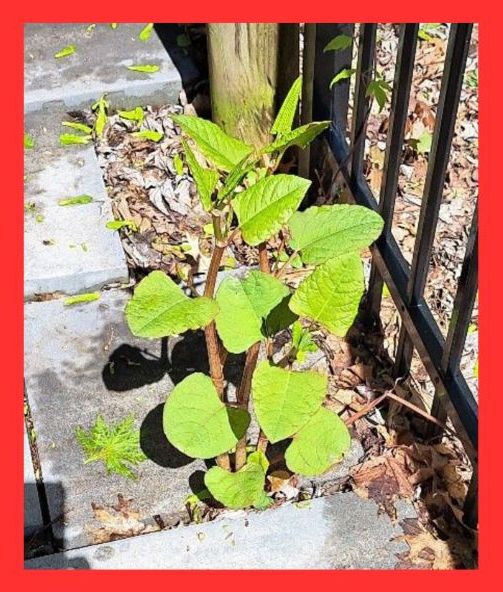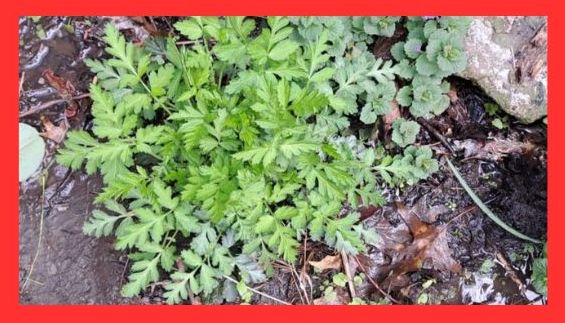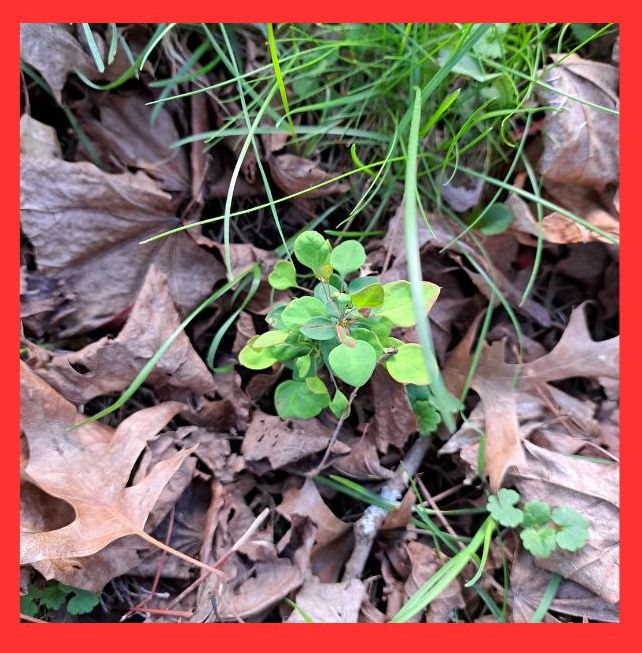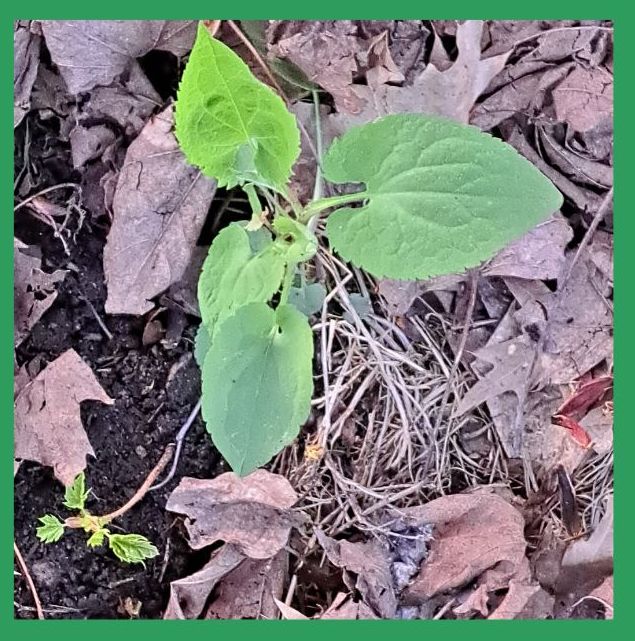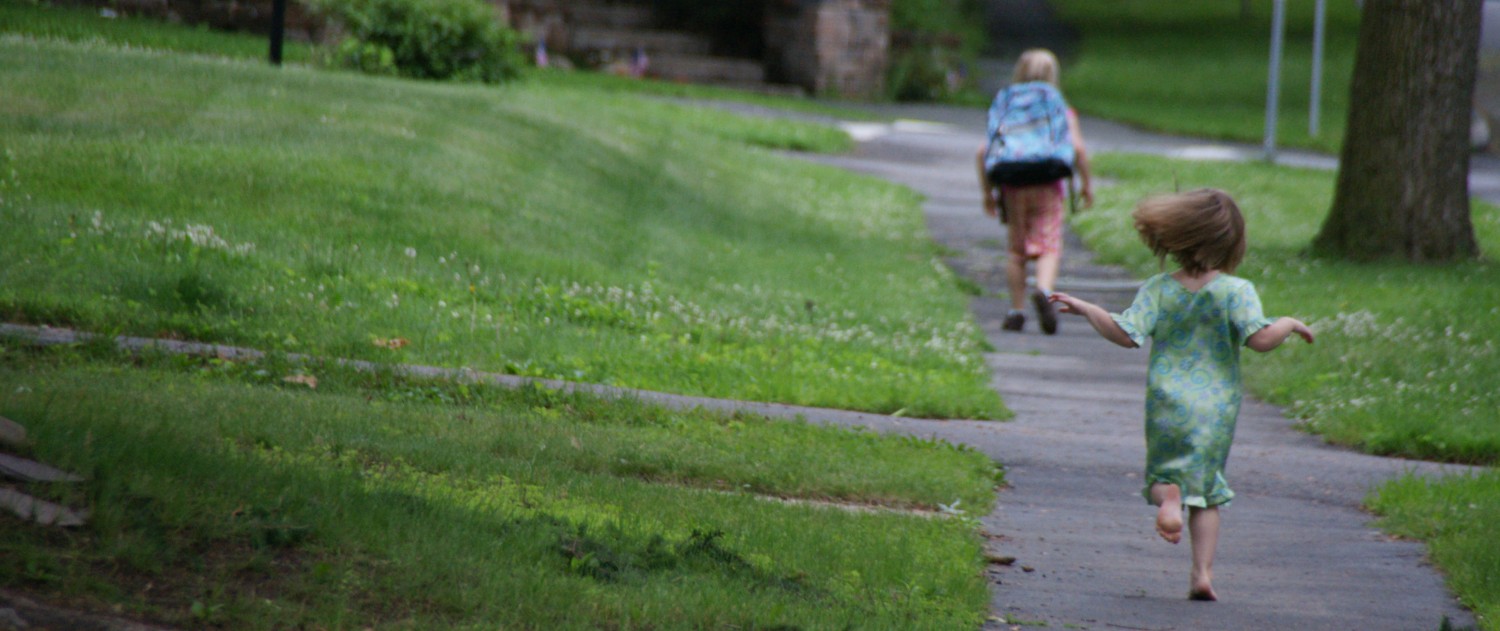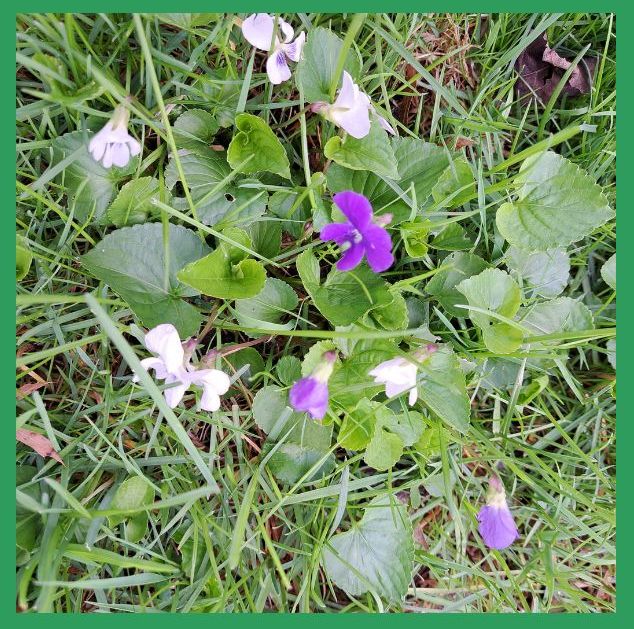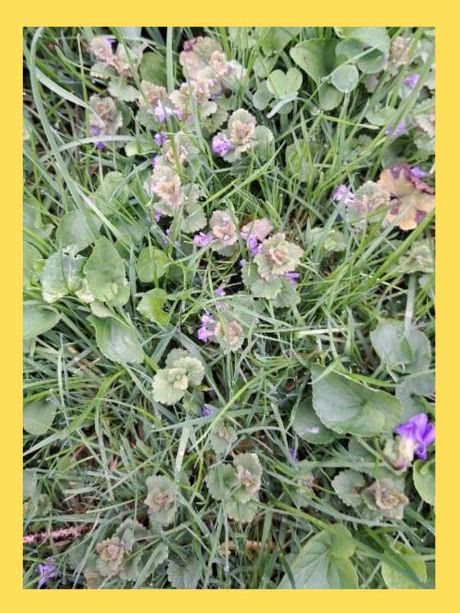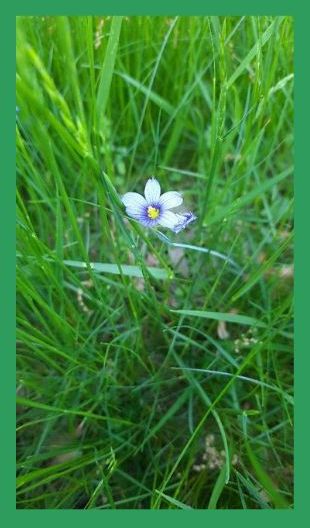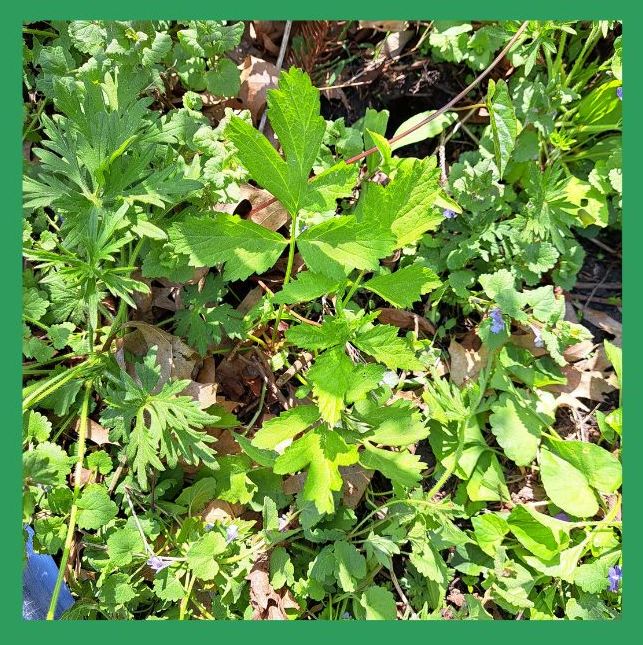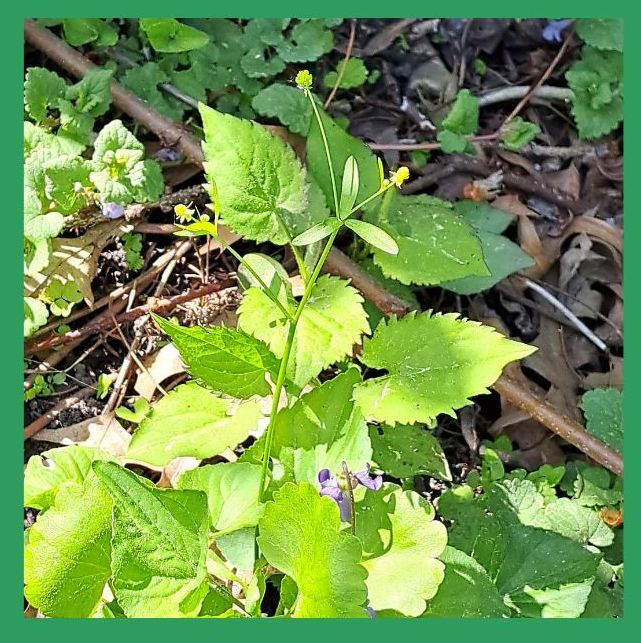No Mow May is an environmental initiative to help support pollinators in early spring. Find more information here:
- Bee City USA’s No Mow May page
- NPR story on No Mow May from May 2022
- The Daily Gazette’s story on local No Mow May efforts from April 2022
Online resources to learn more about native gardening:
One thing that’s really amazing about native gardening is that it’s easy. Mow less. Rake less. Plant plants that are suited to your environment, so they flourish with very little help. It’s also joyful. You’ll see more birds and butterflies in your yard, and it’s a tangible and fun way to help the environment.
- HOMEGROWN NATIONAL PARK® is an initiative from Doug Tallamy, author of Nature’s Best Hope: A New Approach to Conservation That Starts in Your Yard. The idea is that if every homeowner replaced a portion of their lawn with native plantings, we could collectively create the largest national park. Diverse native plantings support a healthier ecosystem than the monoculture of an “old-fashioned” yard. If you already avoid chemically treating your yard for the environment, the next step is to plant some native plants.
- Wild Ones Capital Region NY is the local chapter of this national non-profit that promotes landscaping using native plants. They offer seed swaps, plant sales, and guided walks.
- The New York Flora Association‘s atlas offers a search to determine if a specific plant is native to our area. Wild Ones recommends using this as a reference, and it has some sad surprises, like that echinacea isn’t native for my yard.
- Pollinator Friendly Yards is a Facebook group that can be helpful when you have random questions.
- Capital District Pollinator Allies is another Facebook group that has the added benefit of being local.
- iNaturalist.org is a good resource listing plants and animals that you’ll find in Schenectady County.
Local places to purchase native plants:
The most challenging part of this process can be finding native plants. Big box stores offer plants that have been chemically treated. Seed companies sell “native mixes” that turn out to be filled with non-native seeds. Pretty wildflowers along the road might be invasive species instead of natives. Cultivars of native species sound like a good idea, but they aren’t. Through trial and error, I’ve found some reliable sources for native plants.
- Dawn’s Wild Things Rescue Nursery is located in Valley Falls. She offers plants and landscaping services, but not seeds.
- Capital Native Plants offers monthly pop-up native plant sales. They also have their own list of local nurseries that’s more complete than mine.
- Jessecology offers eco-friendly landscaping, as well as sales of plants and seeds.
- Wild Ones Capital Region NY organizes seed swaps (which are awesome).
- Local nature centers, like 5 Rivers, Landis Arboretum, and Albany Pine Bush, offer periodic native plant sales.
Help with identifying plants:
Along with getting new plants, it’s great to figure out what you’ve got growing in your yard and encouraging the native plants and possibly even removing the invasive plants — those plants that are not just “exotic”/non-native, but are actively harmful to the local ecosystem.
- You can check the New York Flora Atlas to confirm that plants that you think are native actually are native to New York. You can search by scientific or common name (just be sure to choose the correct one in order to search properly.
- The Picture This App is a great way to identify plants easily on your phone. It’s free, but they’ll constantly try to get you to sign up for a 7-day trial upgrade — you can X out of it every time.
- Here’s a guide to some of the worst invasive species locally.
- Invasive Plant Atlas offers a list of plants that don’t belong.
Removing invasive plants
When you choose not to mow, spend some of the time that you would spend mowing examining the plants that you see coming up and removing the invasive plants to encourage native plants to grow. Sadly, you’ll be in for some heartbreak, because some invasive plants are quite lovely. Chances are, you’ll find a lot of invasives. Here are some resources for helping you identify, report, and remove invasives.
- This New York State Invasive Species Tier chart can help you prioritize how to handle plants.
- Capital Region PRISM is the local part of the Partnership for Regional Invasive Species Management.
- NY’s iMapInvasives helps to monitor the growth of invasives.
- Invasive Plant Removal & ID in the US and Canada is a Facebook group that can you identify and remove invasive plants and commiserate/congratulate when you’ve put in a long day of removal efforts. But follow their rules!
- Can you believe that there’s a Worldwide Japanese Knotweed Support Group on Facebook? This is an indication of how much of a chronic struggle fighting JK growth can be. Spoiler alert: don’t just start digging out an established bunch of this stuff: it will stimulate major root growth.
The good, the bad, and the ugly
Here’s some of what I’ve found around my front and back yards. To make it a little easier to keep track of everything, I’m bordering the images with colors. The green-bordered plants are native plants that I celebrate and encourage. The yellow-bordered plants are not native, but they are not the most super-aggressive of invasives, and they are lower priority for removing (for me) because I have worse offenders and (sometimes) because they’re pretty. I will pull them if they seem overwhelming or are threatening the growth I want to encourage. The red-bordered plant are considered highly or very highly aggressive, and I want them all gone. Technique for removal vary by plant. The orange-bordered plants are invasives that are not as bad as the red ones, but, for me, they are some combination of ugly and/or easy or satisfying to remove.
